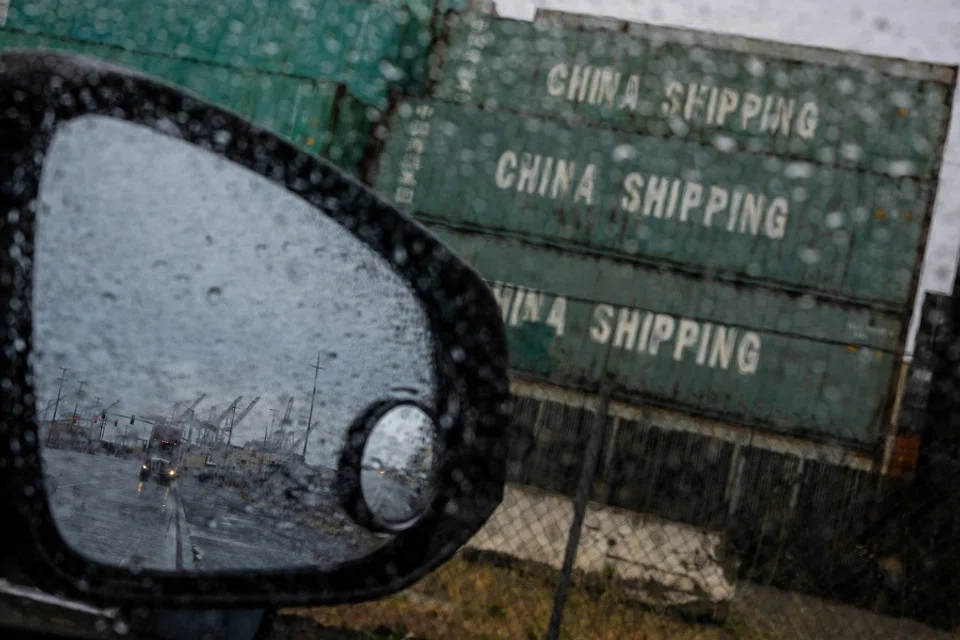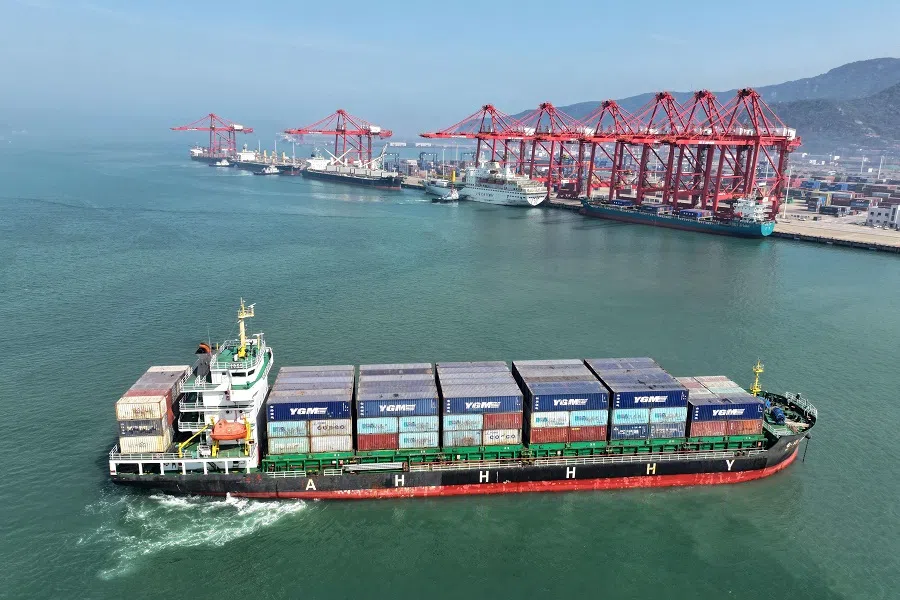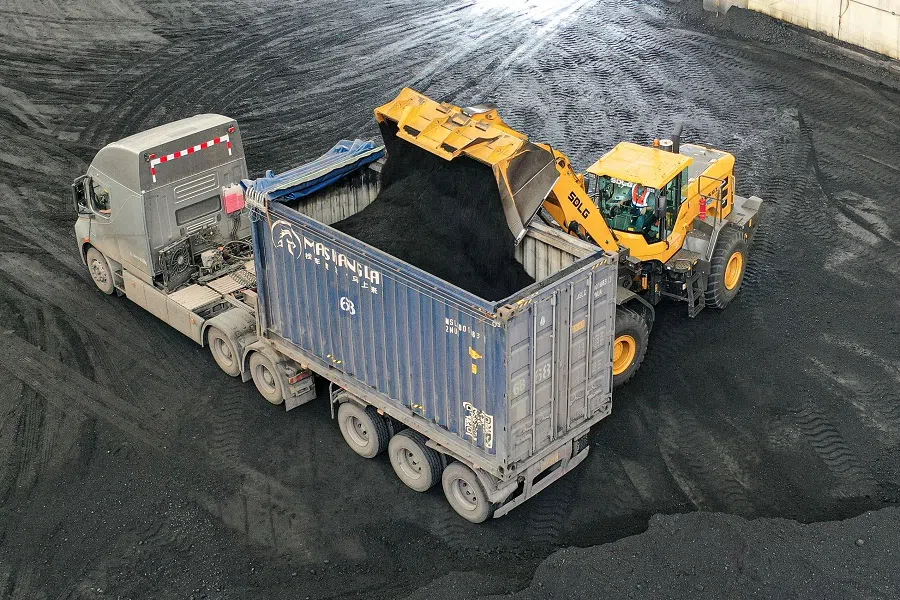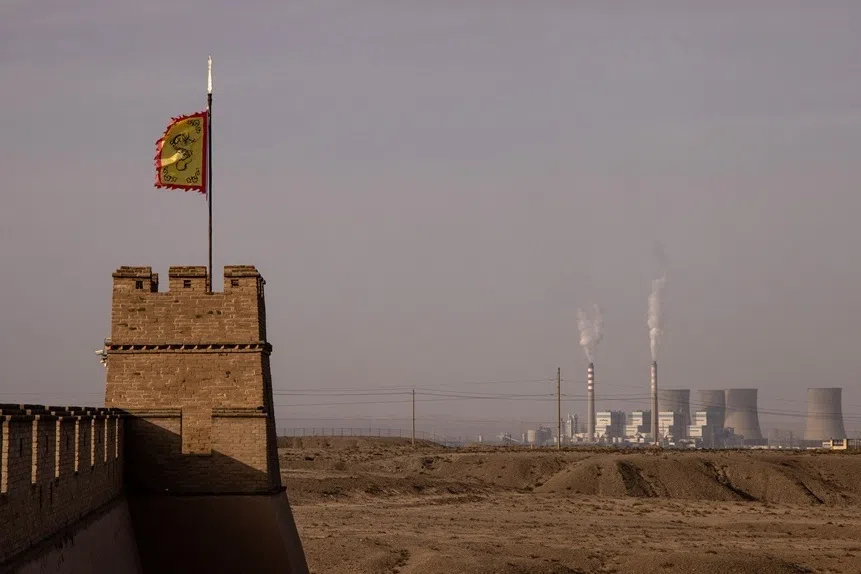China loses its appetite for US goods despite tariff truce
Despite Washington and Beijing announcing a 90-day tariff truce, Chinese appetite for American goods has not returned, with imports showing only tepid signs of a rebound.

(By Caixin journalists Feng Yiming, Lu Yutong, Bao Yunhong, Luo Guoping and Han Wei)
The recent thaw in the US-China trade tensions has done little to revive Chinese appetite for American goods, with imports showing only tepid signs of a rebound.
Despite the easing of tariffs, China buyers are still grappling with complex supply chain realignments and a wary market environment.
... Chinese importers are treading cautiously — some choosing to diversify their sourcing away from the US altogether.
Following negotiations in Geneva, Washington and Beijing on 12 May announced a 90-day truce, rolling back several punitive measures. The US slashed its highest tariff rate on Chinese imports from 145% to 30% — a combination of a 10% base duty and a 20% fentanyl-related levy.
In return, China reduced its tariffs on American imports from 125% to 10% and put several non-tariff barriers on hold.

While Chinese exporters have been quick to capitalise on the eased measures, American goods are taking longer to re-enter the Chinese market, reflecting the persistent complexities of bilateral trade.
Trade ties remain deep despite years of escalating tariffs. China continues to be the largest overseas buyer of US soybeans and cotton, the second largest for integrated circuits and coal, and the third largest for medical devices, petroleum gas and passenger vehicles.
United Nations data from 2024 show that China absorbed 51.7% of US soybean exports, 29.7% of cotton, 17.2% of integrated circuits, 10.7% of coal, 10% of petroleum gas, 9.4% of medical devices and 8.3% of passenger cars.
Chinese imports of US soybeans, sorghum, corn and wheat have sharply declined since mid-January — a drop described by Argus as “cliff-like”.
Nevertheless, many tariffs remain in place, undermining the competitiveness of US products in the Chinese market. As a result, Chinese importers are treading cautiously — some choosing to diversify their sourcing away from the US altogether.
Agriculture: a hesitant harvest
In the agricultural sector — historically a stronghold of US exports — recovery has been slow and uncertain.
Earlier this year, China imposed retaliatory tariffs of 10% to 15% on US farm goods, including chicken, wheat, corn, cotton and soybeans, in response to US fentanyl-related tariffs. Despite the recent easing, some levies on American agricultural products remain above 20%, stifling their competitiveness.

Even with lower duties, US farm exports remain at a price disadvantage, according to international pricing agency Argus Media. “Lowering tariffs is a good start for future negotiations, but in the short term, it will be difficult for China and the US to resume agricultural trade,” the agency noted.
A Chinese grain trader told Caixin that business with the US stopped after the March tariff hike and won’t resume until there is more policy clarity.
That uncertainty has prompted Chinese buyers to move toward other suppliers, especially in the southern hemisphere and the Black Sea region. Argus tracked purchases of more than 4 million metric tons of Brazilian soybeans in early April. Meanwhile, Chinese imports of US soybeans, sorghum, corn and wheat have sharply declined since mid-January — a drop described by Argus as “cliff-like”.
While data from China’s General Administration of Customs showed a year-on-year increase of 11.8% in US soybean imports in March — totalling 2.4 million tons — Argus attributed the rise to emergency stockpiling in late 2024 and early 2025 ahead of potential tariff hikes tied to Donald Trump’s re-election. Compared with February, March imports were down 42.2%.
“Chinese buyers won’t import US LNG due to the high risk, and demand is not strong enough.” — Xu Fei, Senior Natural Gas Analyst, ICIS
Chinese officials have downplayed the impact. Zhao Chenxin, deputy director of the National Development and Reform Commission (NDRC), said during an April press briefing that 2024 imports of US grains like sorghum, corn and soybeans made up a small, mostly feed-grade, portion of domestic consumption and could easily be substituted.
Energy: LNG flows freeze, oil cools
The energy sector, particularly liquefied natural gas (LNG), has been hit hard. Despite the US being the world’s top LNG exporter and China the largest importer, China’s reliance on American LNG was already modest, accounting for only 5.43% of its total LNG imports in 2024, valued at US$2.4 billion.

A 25% retaliatory tariff has effectively halted imports. Energy analytics firm Kpler reported that US shipments to China in February fell 5.9% year-on-year to 66,500 tons, with no deliveries recorded since March.
“The tariff war has altered global LNG trade flows,” said Xu Fei, a senior natural gas analyst at consultancy ICIS. Even with temporary tariff reduction, Chinese buyers remain hesitant due to profitability concerns and ongoing uncertainty — particularly the status of an additional 24% levy suspended during the 90-day truce. “Chinese buyers won’t import US LNG due to the high risk, and demand is not strong enough,” Xu added.
... US crude imports to China fell 67.5% year-on-year in April, following a 66.8% drop in March and 63.9% decline in February.
This has prompted a strategic change. According to Xu, Chinese buyers increasingly view American LNG as an unreliable long-term supply and are prioritising diversification. They have signed long-term contracts with other nations, which already cover 83% to 90% of China’s import needs over the next five years. A global LNG market oversupply projected for 2027 further strengthens China’s.
US crude oil faces similar concerns as a 20% tariff has reduced its appeal. Kpler data showed that US crude imports to China fell 67.5% year-on-year in April, following a 66.8% drop in March and 63.9% decline in February. No tankers arrived in March or April, although a slight rebound was noted in May.
Liquefied petroleum gas (LPG), which is not subject to retaliatory tariffs, continues to flow steadily — more than half of China’s 2024 LPG imports came from the US.

Coal imports from the US — representing only 1.53% of China’s total in 2024 — are unlikely to benefit from tariff relief, according to Zhang Mohan, a coal analyst at Citic Futures due to weak global demand and abundant domestic stockpiles.
Zhao from the NDRC underscored China’s energy self-sufficiency rate of over 80% and its diverse supply base. “A reduction or even cessation of energy imports from the US by enterprises will have no impact on our domestic energy supply,” he said.
Wang Haibin, a senior economist at Sinochem Energy Co. Ltd., acknowledged that mutual tariff reductions were a positive signal for the global economy and energy consumption but warned that substantial risks remain. These include potential future tariff increases and unresolved issues such as US port fees imposed on Chinese vessels.
This article was first published by Caixin Global as “China Loses Its Appetite for U.S. Goods Despite Tariff Truce”. Caixin Global is one of the most respected sources for macroeconomic, financial and business news and information about China.





